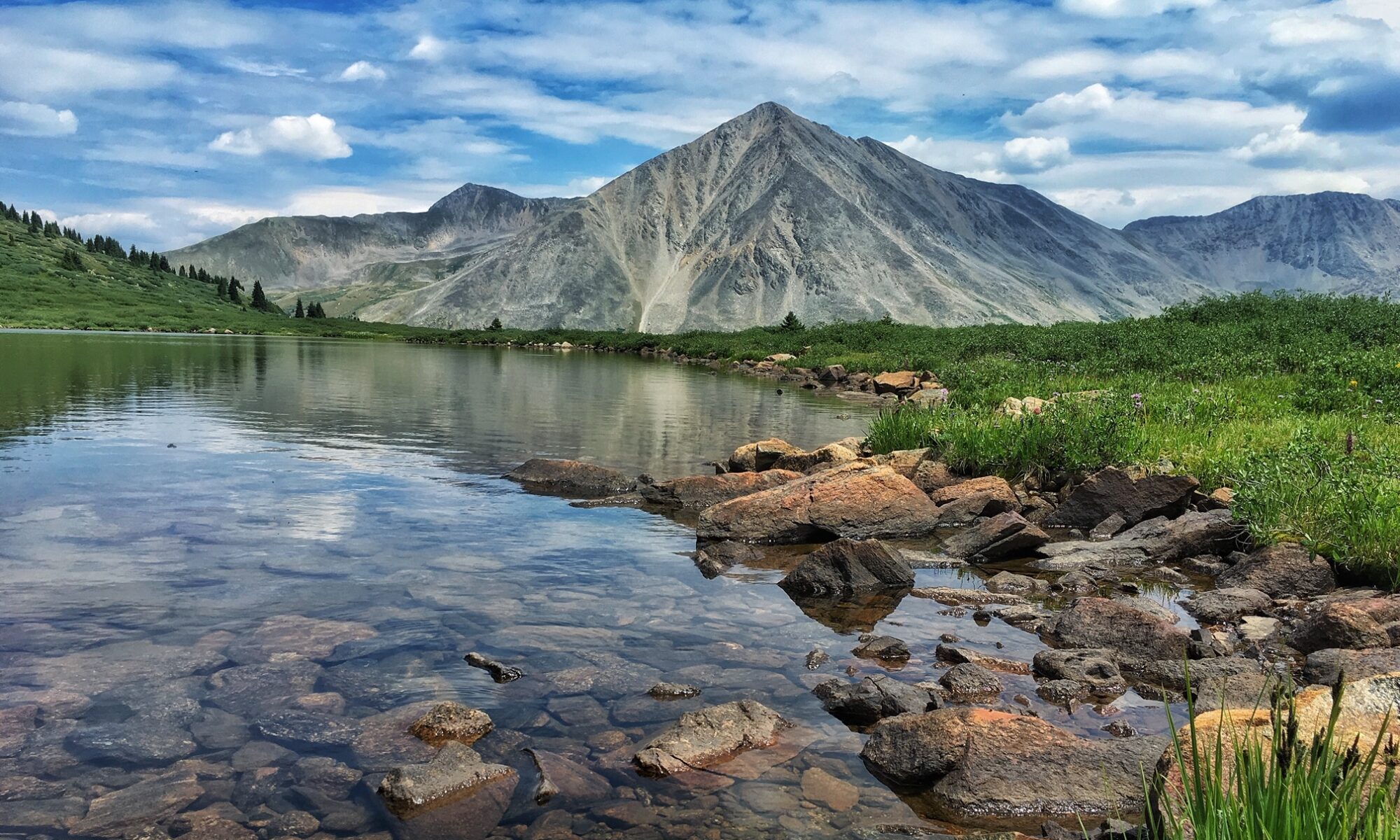Several years ago, I stole away to fish for six hours in mid January while on a business trip. When I left the city, it was 51 degrees. I couldn’t believe my luck. A warm day would surely surface a few risers.
When I arrived at the stream an hour later, it was 32 degrees. After an hour of fishing, sleet began to pelt the back of my jacket. The wind at my back, I kept fishing for another hour. Finally, I turned to walk back to the truck, against the wind. The sleet had hardened to what felt like sand against my face. At the truck, I felt like I was dog-paddling slowly in deep water as I peeled off my waders with cold stumps for fingers. I shivered as I bent down to rip off the iced-up velcro of the gravel guards at the bottom of my waders.
The temperature had plummeted to 20 degrees. The wind chill put the temperature closer to 0, Fahrenheit.
This is not a post about winter fly fishing in particular but fly fishing in general. Rarely do expectations match reality. You plan one thing, and then everything is upended. This is the true nature of fly fishing (and life, I might add). The ability to move from what you expected to what you encountered is the essence of the sport.
Intelligent Reaction
There is a concept in software development called “agile software development.” The word agile refers to the “ability to create and respond to change in order to succeed in an uncertain and turbulent environment.”
The old world of software development was more akin to the phrase “intelligent design” – highly organized and linearly planned software development. Designing the architecture was first, creating real-world applications was second. Agile software development, on the other hand, is iterative. It’s flexible, evolving. Yes, there is an initial concept for the project, but quickly, developers react to what the client or customer needs to be coded in real time.
In 2005, Adam Bosworth, a former Google engineer, gave a presentation in which he called this approach “intelligent reaction,” which is his foil to “intelligent design” thinking.
“Don’t obsess about a grand plan,” he said. “It doesn’t survive an encounter with reality.”
The agile mindset is all about intelligently reacting to current reality. It’s part of the soul of fly fishing.
The Agile Fly Fishing Mindset Meets Reality
If I could graph my “catching expectations” before a day on the river, the left-to-right graph on many days would move from high to low. I expect each day to be fabulous. I always think the fish will hit whatever I’m of sound mind to sling.
Rarely, though, does the emotional graph move from high to higher as the day wears on. I have had days where I was overwhelmed with my success, but those days are not numbered like the stars in the sky. I tend to manage my expectations downward as the day progresses.
That fine cold January, as I cheerily drove from the convention hotel to the river, I had fantasized about dry fly fishing in winter. The precipitous drop in temperature, though, killed that idea.
So, once on the river, I tied on a streamer. I began fishing deeper pools, mostly because I had just read an article on winter fly fishing. The article reminded me that since the metabolism of trout slows in winter, they tend to congregate in deeper pools where they don’t have to fight current. Made perfect sense. Like an obedient fly fisher, I followed the rules. I fished the slower water.
Nope. No strikes in the deeper pools. By this time, I couldn’t feel my face, and I wondered if the piercing cold in my right wading boot was a leak. Maybe my aging waders had finally betrayed me.
I then decided to try casting the streamer upstream in some swifter-moving runs – and quickly stripping it back. Why? I have no idea. I often will dead-drift a streamer with a dropper – just to mix it up. Some times I strip back the streamer as it starts to drift. Some times I wait to strip it back until after the swing. This day, for no apparent reason, I tried stripping it back as soon as the streamer hit the water.
Voila! I ended up catching two nice browns and had three other strikes within twenty minutes. And not surprisingly, the wind didn’t feel quite as bitter on my way back to the truck.
I’m trying to learn not to obsess about my grand plans each day I fish. They never survive reality. While reality can be cruel, it can also be a friend.







